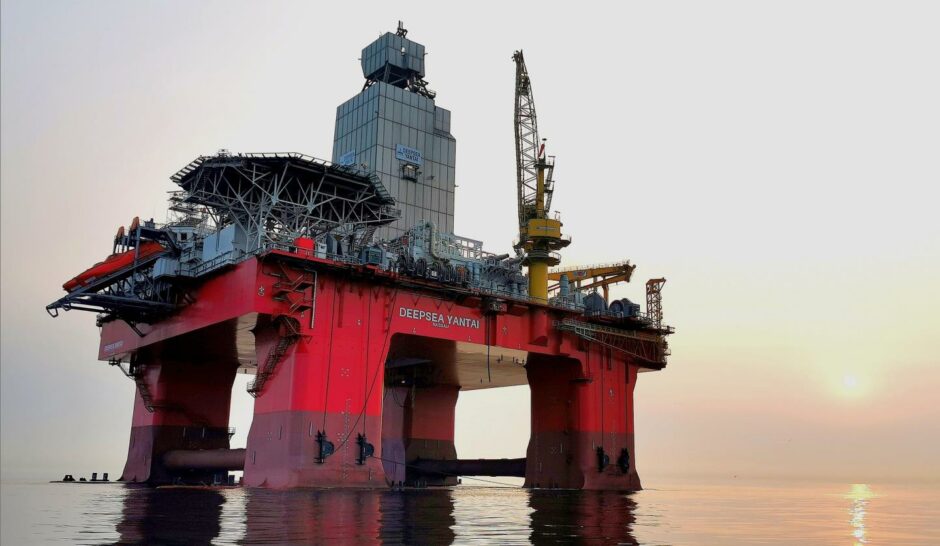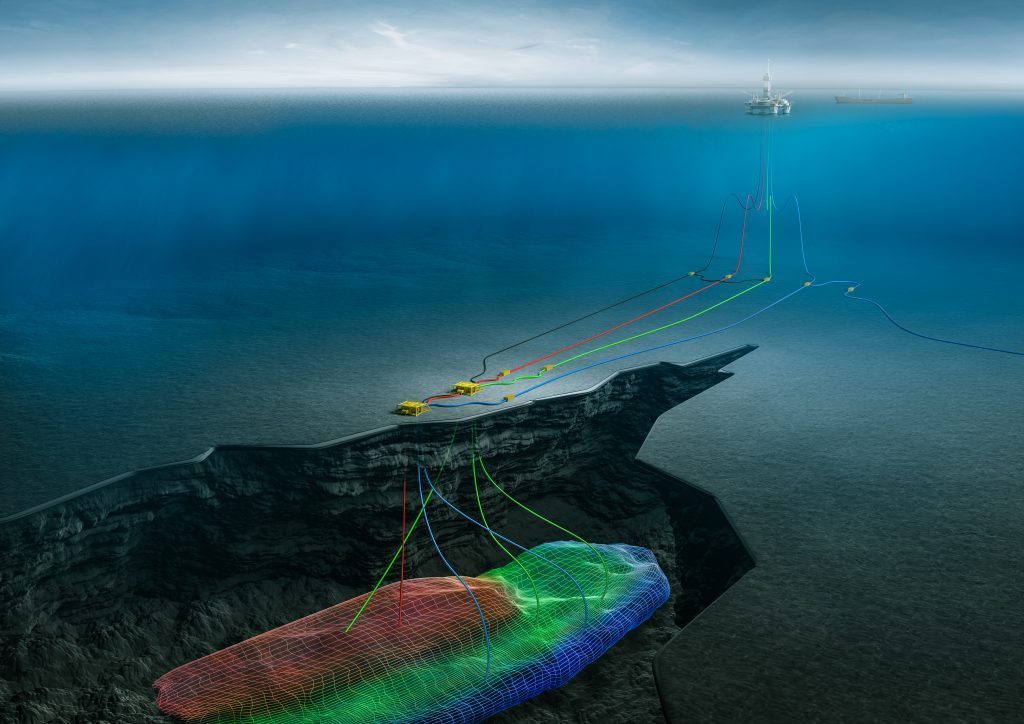
Drilling has begun on four production wells at the field in the Norwegian Sea.
The wells are being drilled by the semi-submersible Deepsea Yantai rig, operated by Odfjell Drilling.
The Neptune-operated Fenja development consists of two subsea templates tied back to the Njord A platform via a production pipeline, water and gas injection pipelines and an umbilical.
The four wells are planned as two oil producers, one water injector and a gas injector. The gas injector will be converted to a gas producer towards the end of field life.
Located 75 miles north of Kristiansunds, Fenja lies at a water depth of 325 metres, and around 22 miles south west of the Equinor-operated Njord A platform, which will receive fluids from the field.
Neptune Energy holds a 30% operated interest in the project, with the remaining equity held by partners Vår Energi, (45%), Suncor Energy (17.5%) and DNO (7.5%). Neptune also has a 22.5% share in Njord A.
The field was approved in April 2018, with subsea infrastructure laid in 2019. A drilling campaign by the West Phoenix rig was carried out in 2020, with top holes and geopilots drilled in the Fenja reservoirs.
In August 2021, Neptune announced that the world’s longest trace-heated subsea production pipeline had been installed and tested at the field.
The 23-mile, electrically trace-heated (ETH) pipe-in-pipe solution will transport oil from the field to the Njord A platform. The use of ETH technology significantly reduced the potential cost of the development by enabling the field to be tied back to existing infrastructure, Neptune said.
Commenting on the commencement of drilling, Neptune Energy’s director of projects & engineering in Norway, Erik Oppedal, said: “This is the final phase of the Fenja development project which is located in a strategically-important growth area for the business, with a number of other interesting prospects nearby. Norway is an important part of Neptune’s geographically-diverse portfolio and this is an excellent example of the company’s commitment to investing in the region.”
Fenja is scheduled to come online in the first half of 2023 and will produce approximately 28,000 barrels of oil equivalent per day at plateau.
